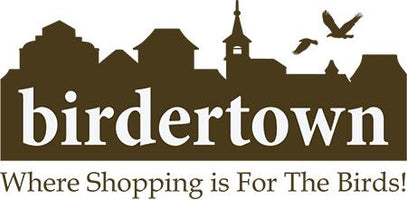
Attracting a Variety of Woodpeckers to Your Backyard
Woodpeckers are fascinating birds that can bring life and excitement to your backyard. By creating a welcoming environment, you can attract a variety of these unique birds. Here’s how you can entice some of the most notable woodpecker species to visit your yard:
- Downy Woodpecker
To attract the small and common Downy Woodpecker, offer suet feeders and peanut butter. These birds are also drawn to sunflower seeds and can often be seen in backyards with plenty of trees and shrubs for cover.
- Hairy Woodpecker
Similar to the Downy Woodpecker, the Hairy Woodpecker enjoys suet and sunflower seeds. Providing a mix of these foods in your feeders and ensuring there are mature trees nearby will make your yard appealing to them.
- Northern Flicker
Northern Flickers are ground feeders that love ants and beetles. To attract them, maintain a natural yard with leaf litter and avoid using pesticides. You can also offer suet and fruit, such as apples and berries.
- Red-bellied Woodpecker
Red-bellied Woodpeckers are attracted to suet, peanuts, and sunflower seeds. They also enjoy fruit, so consider planting native fruit-bearing trees and shrubs. These woodpeckers appreciate a mix of open spaces and wooded areas.
- Pileated Woodpecker
To attract the impressive Pileated Woodpecker, provide large, dead trees or snags for nesting and foraging. These woodpeckers are drawn to suet feeders and will also eat nuts and fruits. Maintaining a natural, wooded area in your yard is key.
- Red-headed Woodpecker
Red-headed Woodpeckers are attracted to suet, peanuts, and sunflower seeds. They also enjoy catching insects mid-air, so having a diverse insect population in your yard is beneficial. Planting oak trees can provide acorns, which these birds love.
- Acorn Woodpecker
Acorn Woodpeckers are known for storing acorns in granary trees. To attract them, plant oak trees and provide suet and peanuts. These social birds thrive in groups, so creating a habitat that supports multiple birds can be effective.
- Gila Woodpecker
The Gila woodpecker is a medium-sized bird found in the desert regions of the southwestern United States and western Mexico. It has a distinctive black-and-white barred pattern on its back and wings, and males have a small red cap on their heads. This woodpecker has a varied diet that includes insects, fruits, nectar, seeds, and small vertebrates like lizards and young birds. They are also known to sip nectar from hummingbird feeders.
- Ladder-backed Woodpecker
This small woodpecker, measuring about 6.5 to 7.5 inches in length, is known for its black-and-white barred pattern on its back, resembling the rungs of a ladder. It inhabits arid regions from the southwestern United States to Nicaragua. Primarily insectivorous, they feed on beetles, caterpillars, ants, and other insects. They also consume some berries and cactus fruits.
- Arizona Woodpecker
The Arizona woodpecker is unique with its brown and white plumage, brown upperparts, and white underparts speckled with brown spots. It is found in pine-oak woodlands of the southwestern United States and Mexico. Their diet mainly consists of insects, ants, and tree sap. They also eat seeds, nuts, and fruits
Creating a Woodpecker-Friendly Habitat
- Provide Food: Offer a variety of foods such as suet, peanuts, sunflower seeds, and fruit.
- Plant Native Trees and Shrubs: Native plants provide natural food sources and nesting sites.
- Maintain Dead Trees: Dead trees or snags are essential for nesting and foraging.
- Avoid Pesticides: A healthy insect population is crucial for many woodpecker species.
- Water Sources: Provide fresh water for drinking and bathing.
By following these tips, you can create a backyard haven that attracts a diverse array of woodpeckers, bringing beauty and activity to your outdoor space.
